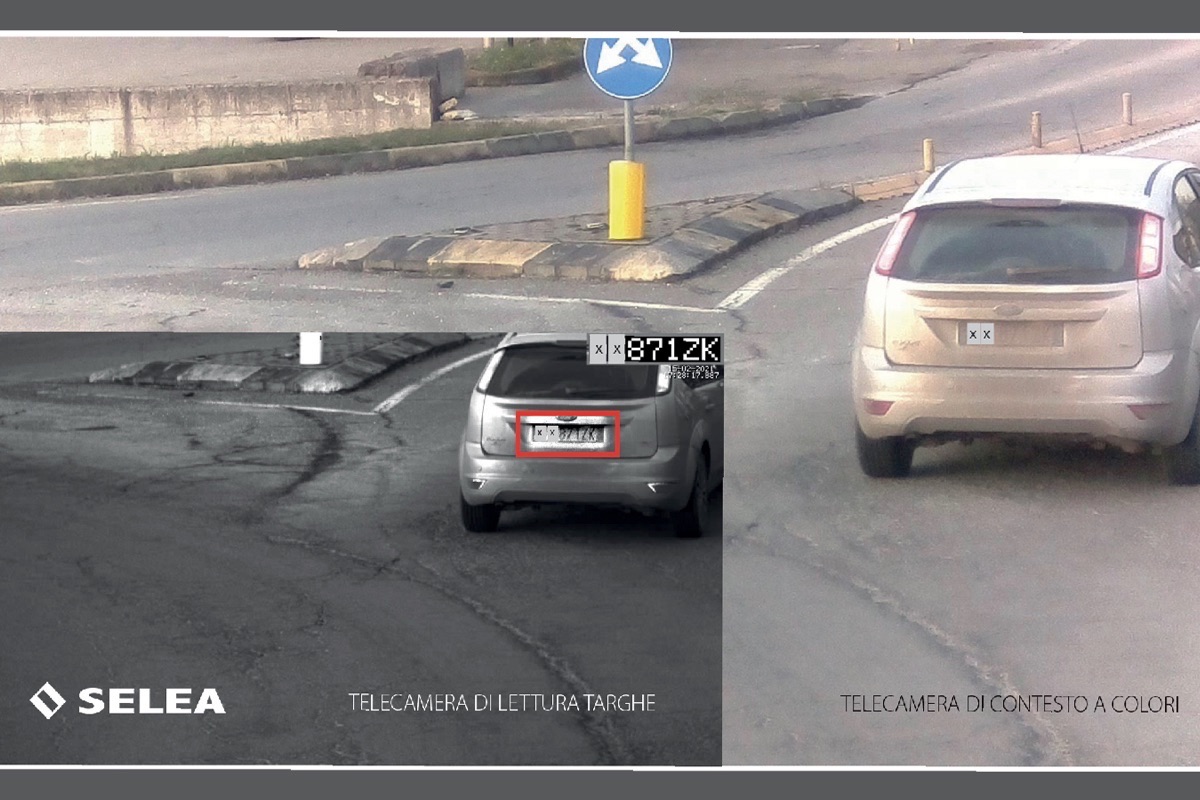Monday:07:30 a.m.
Still half asleep, I start the engine of my new car purchased eight months ago.Destination: work.
Taking my regular daily route, I join the roundabout.
Then suddenly I hear a loud “Crash” sound to the side.I don’t get what happened, so I stop.I instinctively look in the rear-view mirror and see a white car first slow down then speed up and drive past me.I get out and realise that the right headlight is dangling off and the bumper is dented.The white car hadn’t given way and hit me.I turn to take the details, it’s not far but the number plate is covered in mud and I can’t read it.Now what?
Upset and dejected, I head to the local police station to report the accident.The police officer uses the number plate recognition system.Some images pick up the car but the cameras can’t read the number plate due to the mud blocking their view.They look at other images.Then suddenly: there it is !!One camera, the only one, managed to clearly and perfectly capture the hit-and-run driver’s plate number and allowed them to track down the owner of the vehicle.The officer confesses to me that it is the best camera they have, and it is different from the rest despite the fact that the system is new.Too bad there is only one Selea.
This is just one of many stories. However, it highlights just how important it is for law enforcement agencies to have video cameras to support their operations, not only as a crime prevention tool, but above all in putting public money to good use in procuring equipment of proven quality, which is effective and practical in its usage.
